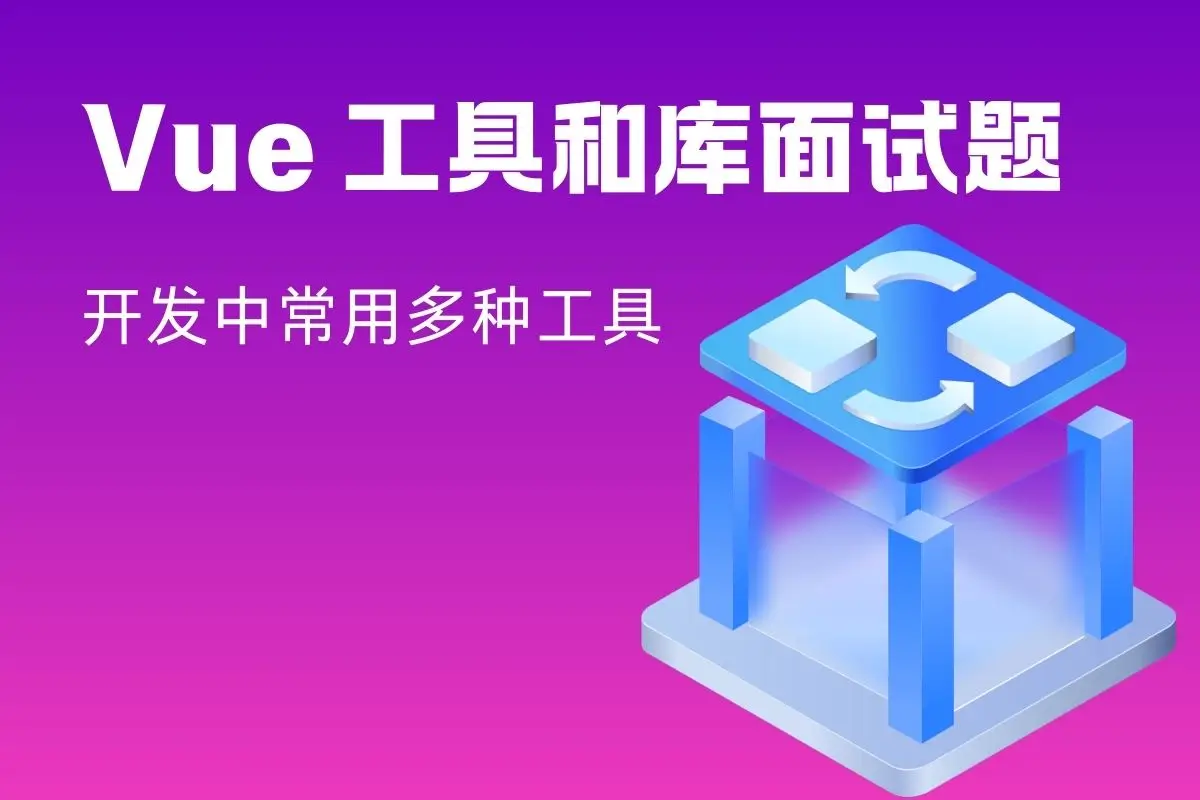在 Vuex 中,插件(Plugin)是一种用于扩展 Vuex 功能的机制。插件可以在 Vuex 的 store 初始化时注入自定义逻辑,例如持久化存储、日志记录、状态同步等。以下是实现 Vuex 插件的详细步骤和示例:
1. 插件的基本结构
Vuex 插件是一个函数,接收 store 作为参数。在插件函数中,可以通过 store 访问 Vuex 的 API,如 state、getters、mutations、actions 等。
插件函数的基本结构:
const myPlugin = (store) => {
// 在 store 初始化时调用
store.subscribe((mutation, state) => {
// 每次 mutation 后调用
console.log('mutation:', mutation);
console.log('state:', state);
});
};2. 插件的使用
在创建 Vuex store 时,通过 plugins 选项将插件添加到 store 中。
示例:
import { createStore } from 'vuex';
const store = createStore({
state: {
count: 0,
},
mutations: {
increment(state) {
state.count++;
},
},
plugins: [myPlugin], // 添加插件
});
export default store;3. 插件的常见用途
以下是 Vuex 插件的一些常见用途:
3.1 日志记录
在每次 mutation 后记录状态变化。
示例:
const loggerPlugin = (store) => {
store.subscribe((mutation, state) => {
console.log('mutation type:', mutation.type);
console.log('mutation payload:', mutation.payload);
console.log('state after mutation:', state);
});
};3.2 持久化存储
将 Vuex 的状态持久化到 localStorage 或 sessionStorage。
示例:
const persistPlugin = (store) => {
// 初始化时从 localStorage 恢复状态
const savedState = JSON.parse(localStorage.getItem('vuex-state'));
if (savedState) {
store.replaceState(savedState);
}
// 每次 mutation 后保存状态
store.subscribe((mutation, state) => {
localStorage.setItem('vuex-state', JSON.stringify(state));
});
};3.3 状态同步
在多个浏览器标签页之间同步 Vuex 的状态。
示例:
const syncPlugin = (store) => {
window.addEventListener('storage', (event) => {
if (event.key === 'vuex-state') {
const newState = JSON.parse(event.newValue);
store.replaceState(newState);
}
});
store.subscribe((mutation, state) => {
localStorage.setItem('vuex-state', JSON.stringify(state));
});
};3.4 异步操作监控
监控 Vuex 的异步操作(如 actions),并记录执行时间。
示例:
const asyncMonitorPlugin = (store) => {
store.subscribeAction({
before: (action, state) => {
console.log(`Action "${action.type}" started`);
action.startTime = Date.now();
},
after: (action, state) => {
console.log(`Action "${action.type}" finished in ${Date.now() - action.startTime}ms`);
},
});
};4. 插件的配置
插件可以接收配置参数,以便更灵活地使用。
示例:
const configurablePlugin = (options = {}) => {
return (store) => {
store.subscribe((mutation, state) => {
if (options.logMutations) {
console.log('mutation:', mutation);
}
if (options.saveState) {
localStorage.setItem('vuex-state', JSON.stringify(state));
}
});
};
};
const store = createStore({
state: { count: 0 },
mutations: { increment(state) { state.count++; } },
plugins: [configurablePlugin({ logMutations: true, saveState: true })], // 配置插件
});5. 插件的注意事项
- 性能影响:插件会在每次 mutation 或 action 时执行,因此应避免在插件中执行耗时的操作。
- 状态污染:插件可以直接修改
store的状态,因此应谨慎操作,避免破坏状态的一致性。 - 插件顺序:插件的执行顺序与它们在
plugins数组中的顺序一致,因此需要注意插件的依赖关系。
6. 总结
Vuex 插件是一种强大的扩展机制,可以用于实现日志记录、持久化存储、状态同步等功能。插件的基本结构是一个接收 store 参数的函数,通过 store.subscribe 或 store.subscribeAction 监听状态变化或操作。通过合理使用插件,可以增强 Vuex 的功能,提升开发效率和用户体验。
THE END



暂无评论内容